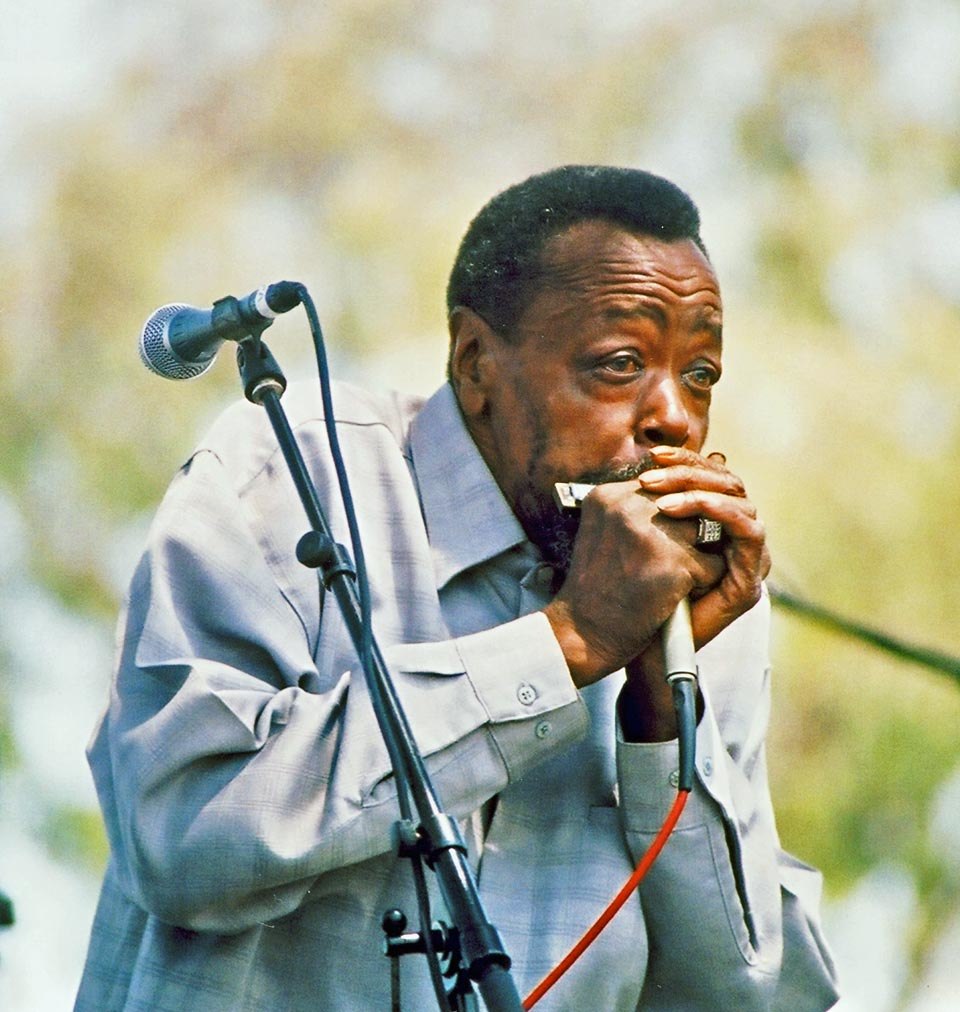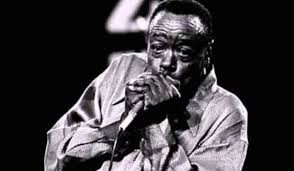5 Curiosities About the Blues Musician Carey Bell
Carey Bell, born in 1936 in Macon, Mississippi, was one of the most respected blues harmonica players of his generation. A key figure in the Chicago blues scene, Bell played with some of the biggest names in the genre and left behind a powerful musical legacy. Here are five fascinating curiosities about Carey Bell that every blues fan should know.
1. He Wanted to Play the Saxophone First
Interestingly, Carey Bell didn’t begin his musical journey with the harmonica. As a young boy, he dreamed of playing the saxophone after being inspired by Louis Jordan. However, financial limitations made it impossible for his family to afford the instrument. Instead, he turned to the harmonica, which he could afford—and it turned out to be a life-changing decision. This humble beginning would lead him to become one of the premier harmonica players in blues history.
2. Mentored by Two Blues Legends
When Bell moved to Chicago in the 1950s, he had the rare opportunity to learn from two giants of the blues: Little Walter and Big Walter Horton. Both men were master harmonica players and major influences on the Chicago blues sound. Bell absorbed their techniques and styles, combining them with his own voice to create a distinctive, emotionally charged sound that was both traditional and innovative.
3. A Member of Muddy Waters’ Band
Carey Bell’s talent didn’t go unnoticed. In the late 1960s, he joined Muddy Waters’ band, one of the most prestigious groups in the blues world. Playing alongside Waters gave Bell invaluable experience and exposure, helping him to reach a wider audience. His time with the band solidified his place in the Chicago blues elite and remains a highlight of his career.
4. He Played with His Son, Lurrie Bell
Music ran in the family. Carey Bell’s son, Lurrie Bell, is an acclaimed blues guitarist in his own right. The father-son duo recorded and performed together several times throughout their careers. Their 2004 album, Second Nature, is a testament to their deep musical connection and mutual respect. It showcases a seamless blend of generations, with Carey’s rich harmonica tones complementing Lurrie’s soulful guitar work.
5. Award-Winning Late Career
Although Bell had a long and steady career, it was later in life that he received some of his most prestigious accolades. In 1998, his album Good Luck Man earned critical praise, and in 2007—just a few months after his passing—he posthumously won the Blues Music Award for Traditional Blues Album of the Year for Gettin’ Up: Live at Buddy Guy’s Legends, Rosa’s and Lurrie’s Home. The album, recorded with Lurrie Bell, stands as a fitting tribute to his legacy.
Conclusion
Carey Bell’s story is one of perseverance, passion, and profound musical talent. From his early dreams of playing the saxophone to becoming a harmonica legend, his journey reflects the spirit of the blues itself. His collaborations with legends and his deep family ties to the genre continue to inspire musicians and fans alike. If you haven’t explored his discography, now is the perfect time to discover the soulful sound of Carey Bell.


No responses yet